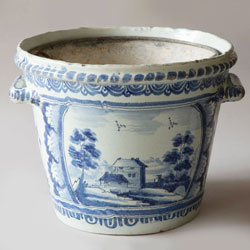 |
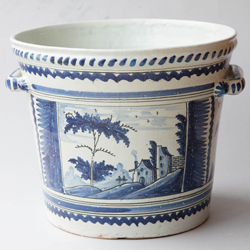 |
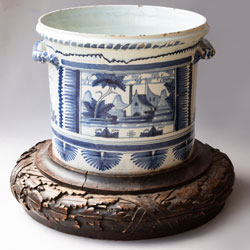 |
REF: 5122
NEVERS 18TH CENTURY FAÏENCE 'POT À ORANGER' WITH ZINC LINER
|
REF: 2922
NEVERS 18TH CENTURY FAÏENCE 'POT À ORANGER' |
REF: 4713
NEVERS 18TH CENTURY FAÏENCE 'POT À ORANGER' ON A CARVED WOODEN BASE |
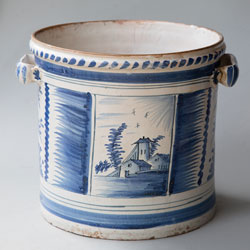 |
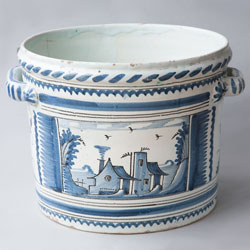 |
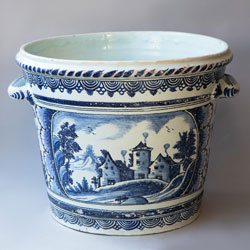 |
REF: 2975
LARGE NEVERS 18TH CENTURY FAÏENCE
'POT À ORANGER' |
REF: 2631
NEVERS 18TH CENTURY FAÏENCE 'POT À ORANGER' |
REF: 4862
NEVERS 18TH CENTURY FAÏENCE 'POT À ORANGER' |
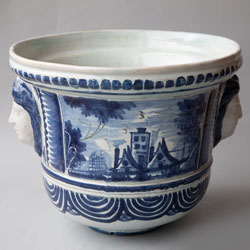 |
|
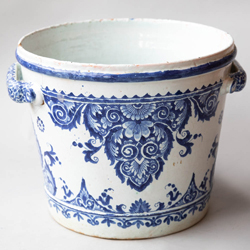 |
REF: 4240
LARGE NEVERS 18TH CENTURY FAÏENCE 'POT À ORANGER' |
|
REF: 4322
18TH CENTURY LARGE ROUEN CACHE POT
SOLD |